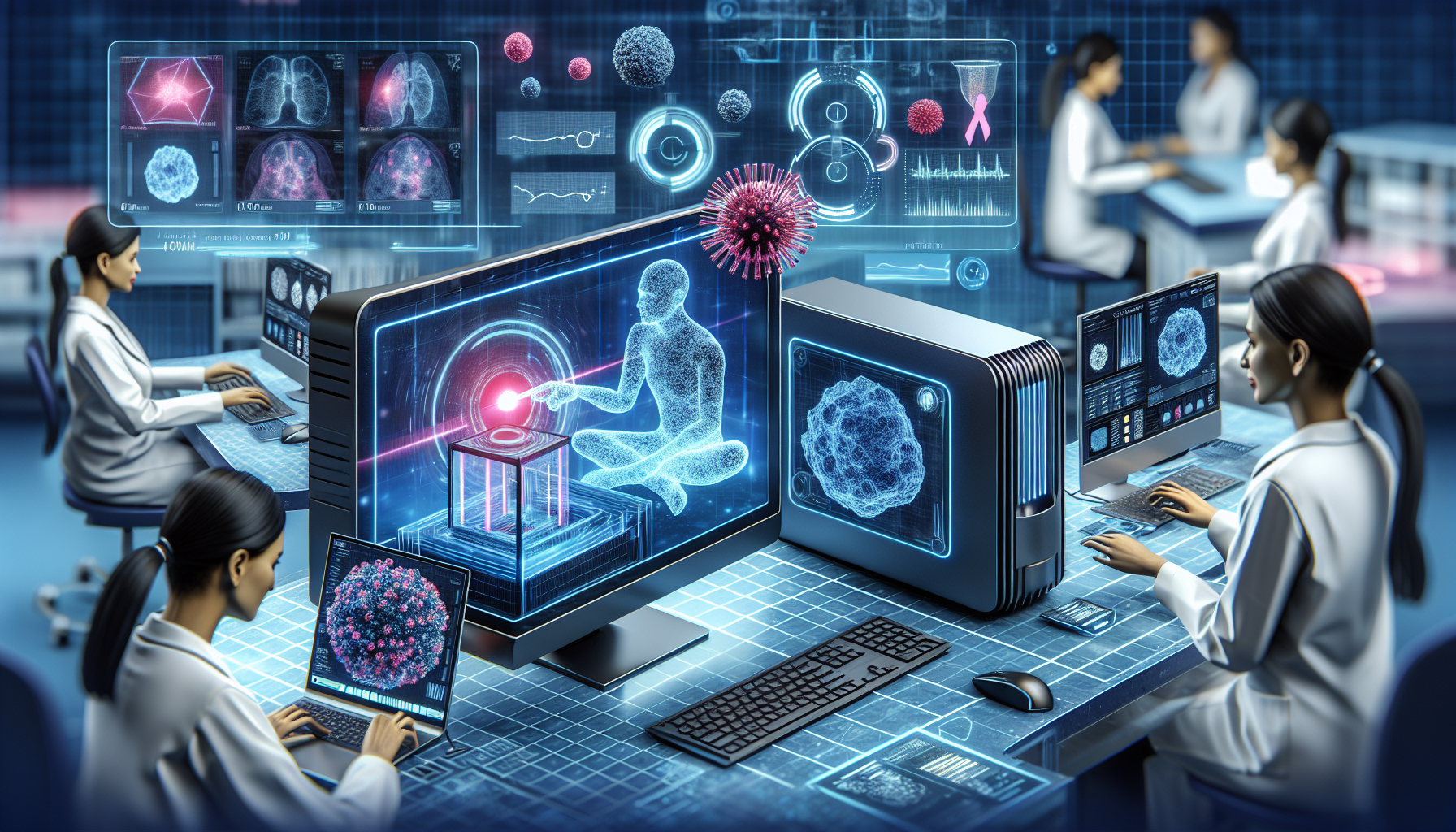AI Revolution: Machine Learning Breakthrough in Cancer Detection
AI Revolution: Machine Learning Breakthrough in Cancer Detection
In a groundbreaking development, researchers from the Massachusetts Institute of Technology (MIT) have unveiled a new machine learning model that can predict the likelihood of breast cancer up to five years in advance. This revolutionary technology is set to transform the medical field, offering a new level of early detection that could potentially save millions of lives.
 The machine learning model, developed by a team of computer scientists and clinicians, uses a combination of mammogram data and personal health records to make its predictions. Unlike previous models, this new system does not solely rely on the final diagnosis but incorporates the progression of subtle patterns in breast tissue, which are often overlooked in human analysis.
The machine learning model, developed by a team of computer scientists and clinicians, uses a combination of mammogram data and personal health records to make its predictions. Unlike previous models, this new system does not solely rely on the final diagnosis but incorporates the progression of subtle patterns in breast tissue, which are often overlooked in human analysis.
According to the researchers, the model was trained on mammograms and known outcomes from over 60,000 patients treated at Massachusetts General Hospital. The results were astounding. The AI model outperformed traditional prediction methods, accurately predicting 31% of all cancer patients in the highest-risk category compared to the 18% by traditional models.
Dr. Regina Barzilay, a professor at MIT and a breast cancer survivor herself, led the research. She believes that this technology could be a game-changer in cancer detection and treatment. “Our model sees patterns and subtleties in the data that humans can’t. This could allow us to catch cancer much earlier and save many more lives,” she said.
While the model is currently focused on breast cancer, the team believes the same machine learning approach could be used for other types of cancer and diseases. The potential for this technology is vast, and it represents a significant step forward in the integration of AI in healthcare.
However, the researchers also caution that the model needs to be further tested and validated on other populations. They also emphasize that this technology is intended to assist and enhance human clinicians, not replace them. The goal is to provide doctors with a powerful tool that can help them identify high-risk patients who might benefit from more intensive screening or preventative therapies.
Despite these caveats, the breakthrough represents a significant step forward in the fight against cancer. With further development and testing, this machine learning model could become a standard tool in healthcare, providing a new level of early detection and treatment.
Sources:
The information in this article is based on a press release from the Massachusetts Institute of Technology and a study published in the journal Radiology. For more information, please visit the official MIT and Radiology websites.